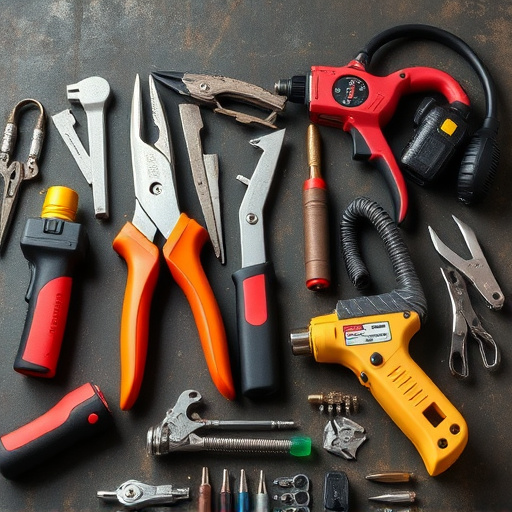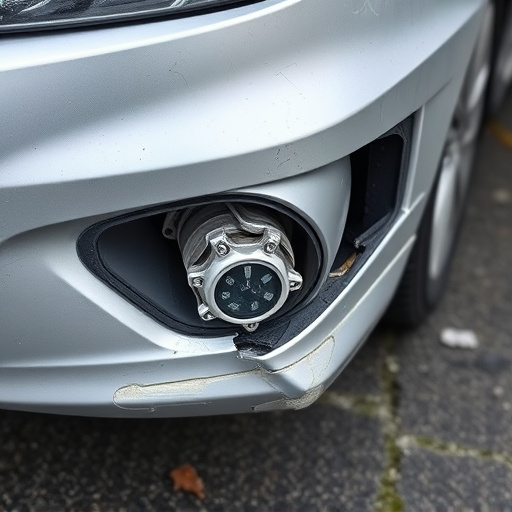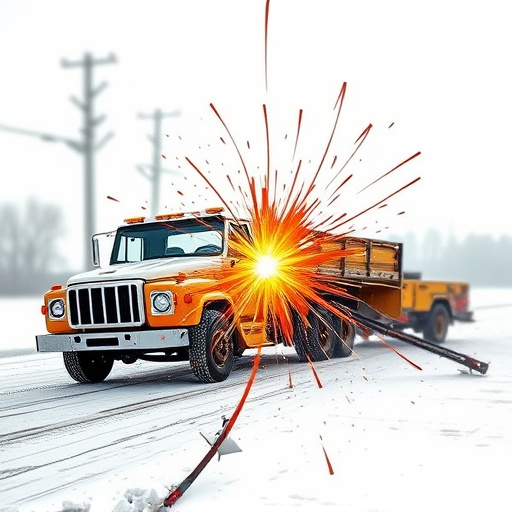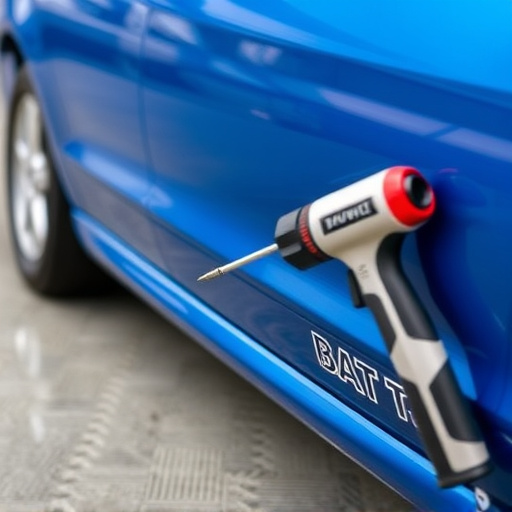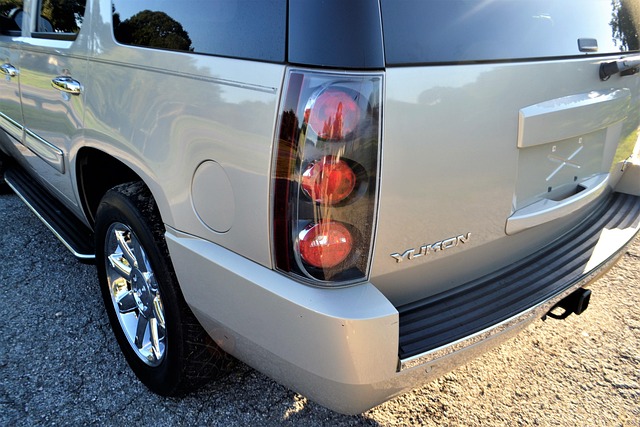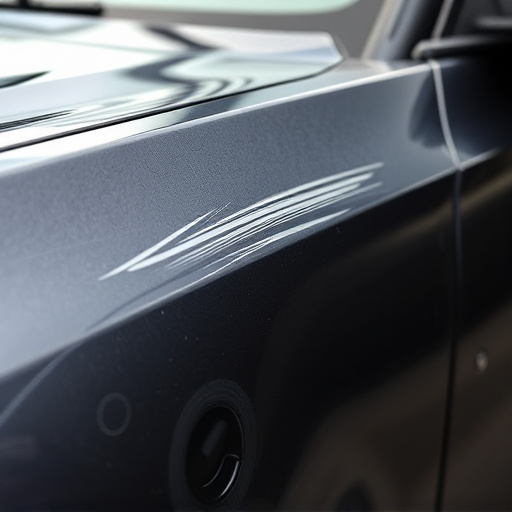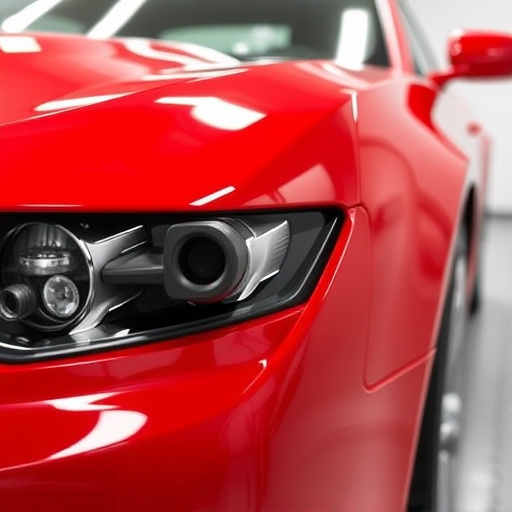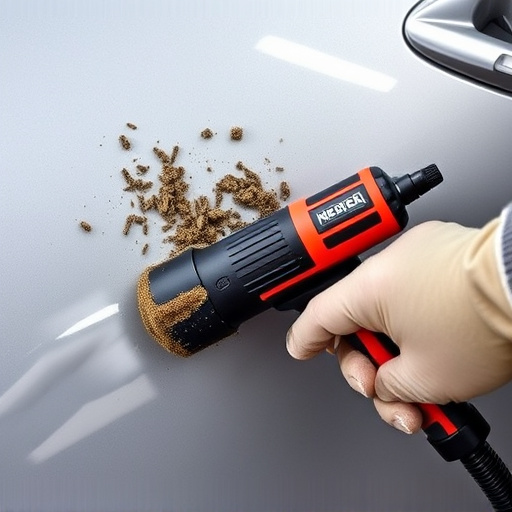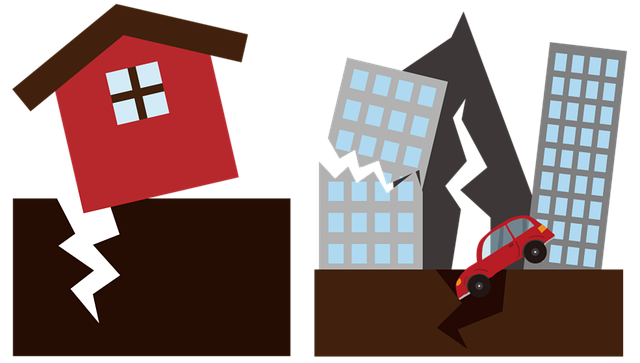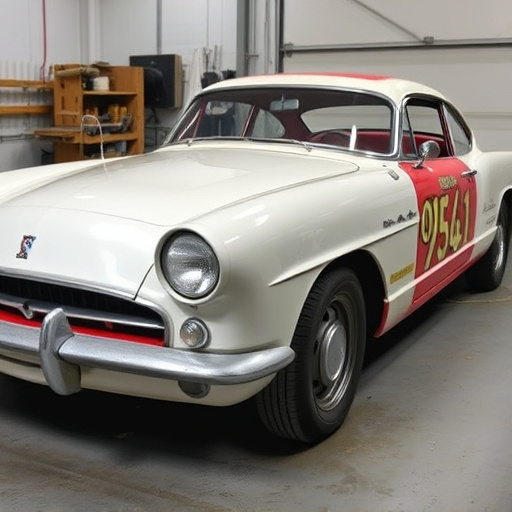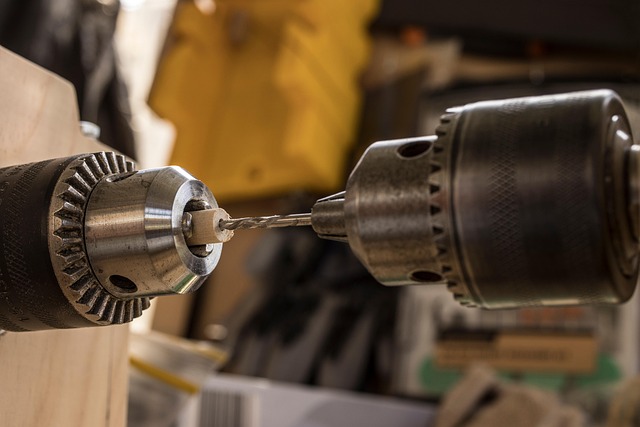Collision repair benchmarking uses Key Performance Indicators (KPIs) like cycle time, defect rates, customer satisfaction and first-time fix rates to measure and improve collision center efficiency and service quality, ensuring top-tier car bodywork.
Collision repair benchmarking is a strategic approach for garages to measure and improve their performance. By tracking key performance indicators (KPIs), businesses can assess efficiency, maintain quality standards, and drive operational excellence. This article explores the common KPIs used in collision repair benchmarking, focusing on metrics that gauge both efficiency and quality assessment. We’ll delve into how these indicators help track progress, enabling garages to stay competitive and deliver superior service.
- Common KPIs in Collision Repair Benchmarking
- Metrics for Efficiency and Quality Assessment
- Tracking Progress: Key Performance Indicators
Common KPIs in Collision Repair Benchmarking

In collision repair benchmarking, Key Performance Indicators (KPIs) serve as vital metrics to gauge the efficiency and quality of car bodywork services within collision centers. Common KPIs include cycle time – the duration taken from initial assessment to final repair – which helps in understanding operational efficiency. Defect rates, tracking the number of issues detected post-repair, provide insights into the consistency and craftsmanship of the work performed.
Additionally, metrics like customer satisfaction ratings and first-time fix rates are essential. High customer satisfaction ensures client retention and positive word-of-mouth marketing, while a high first-time fix rate indicates effective and precise frame straightening techniques. These KPIs allow collision centers to benchmark their performance against industry standards, identify areas for improvement, and ensure they deliver top-quality car bodywork services.
Metrics for Efficiency and Quality Assessment

In collision repair benchmarking, metrics for efficiency and quality assessment play a pivotal role. Key Performance Indicators (KPIs) such as cycle time – the duration from initial damage assessment to final vehicle handover – serve as barometers of workshop productivity. By tracking this metric, repair facilities can identify bottlenecks and optimize their processes to enhance turnaround times, catering to customers’ needs more effectively.
Additionally, assessing the quality of automotive repair services through KPIs like defect rates and customer satisfaction scores ensures that vehicle bodywork, including intricate repairs like fender benders, meets the highest standards. This involves meticulous inspection protocols and consistent application of industry best practices, ultimately contributing to a reputation for reliable and high-quality collision repair services.
Tracking Progress: Key Performance Indicators

Collision repair benchmarking is an effective way to track progress and ensure quality standards across various automotive service centers. By setting clear goals and measuring key performance indicators (KPIs), businesses can identify areas for improvement and maintain customer satisfaction. KPIs such as cycle time, defect rates, and customer feedback serve as vital metrics in this process.
For instance, a reputable auto repair shop like Mercedes Benz Collision Repair might track the average time taken to complete collision damage repairs. They could also monitor the number of defects identified after the repair process, aiming for minimal recidivist issues. Positive customer reviews and repeat business are additional KPIs that underscore the success of their collision repair services, attracting more clients seeking top-notch auto repair near me solutions.
Collision repair benchmarking is a powerful tool for garages to measure their performance against industry standards. By tracking key performance indicators (KPIs) related to efficiency and quality, businesses can identify areas of improvement and ensure customer satisfaction. Regular assessment of these metrics enables garages to stay competitive in the market, ultimately driving success and growth in collision repair services.
